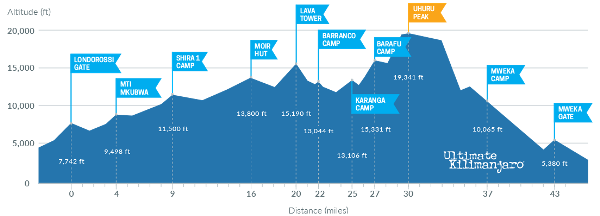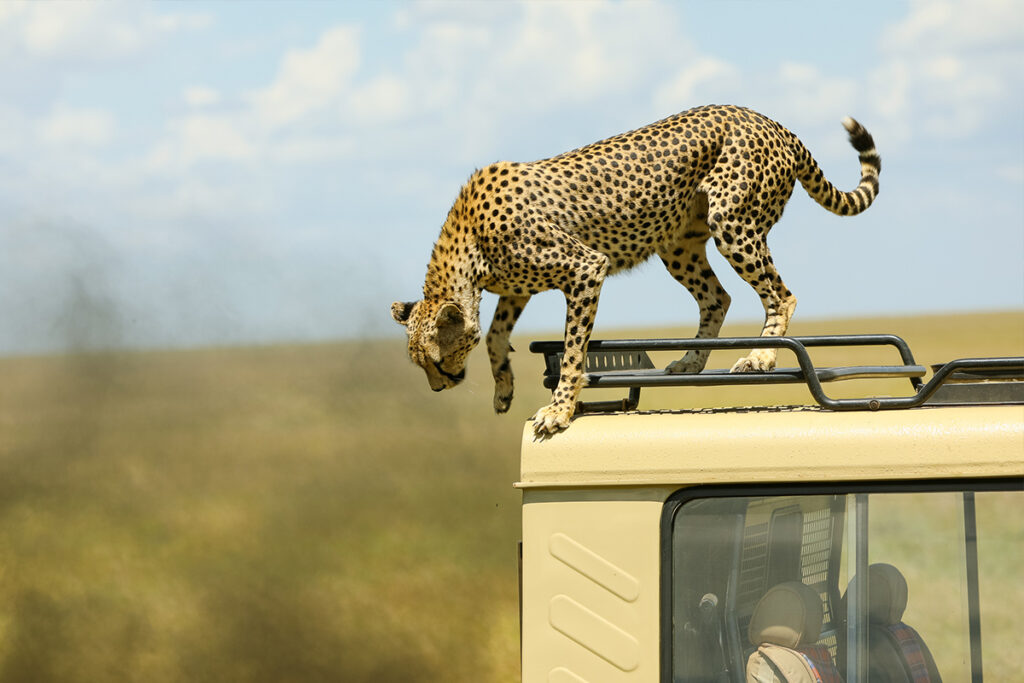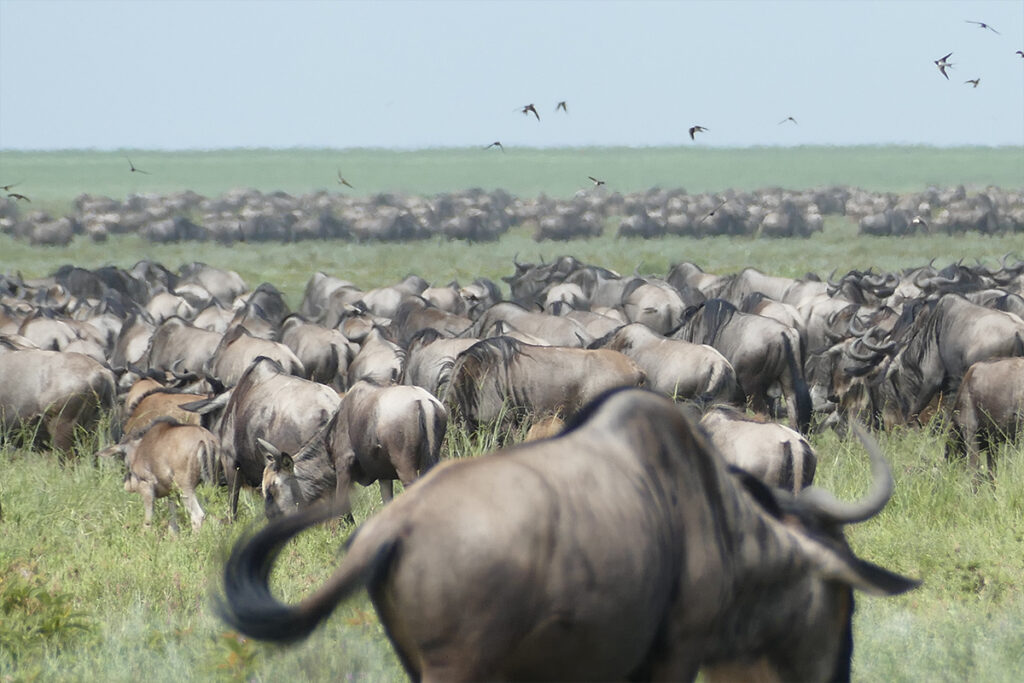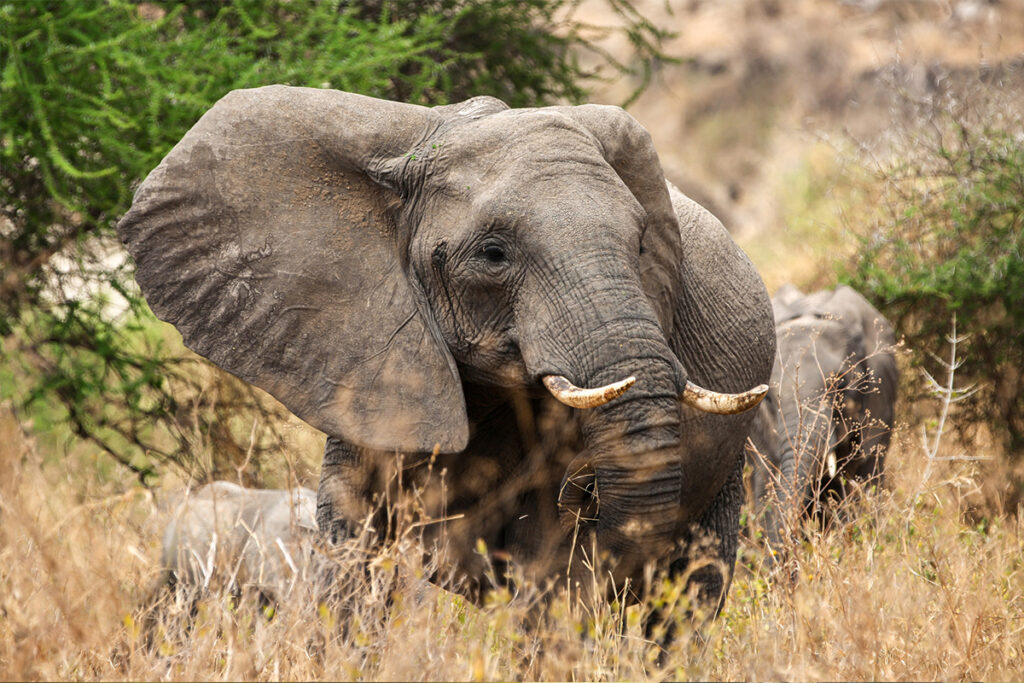Standing as Africa’s highest peak, Mount Kilimanjaro attracts adventurers seeking the ultimate high-altitude triumph. Among its various paths to the summit, the Lemosho Route beckons with promises of breathtaking scenery and a rewarding experience. A climber once described it as the path that blends challenge with beauty, culminating in a majestic ascent unrivaled by its alternatives.
The Lemosho Route is strategically designed to provide climbers with optimal acclimatization. Originally developed to enhance the probability of success, this path boasts an impressive summit success rate of about 90%. With its extended duration, it offers climbers a diverse array of landscapes, from rainforests to alpine deserts, ensuring a journey steeped in nature’s wonders.
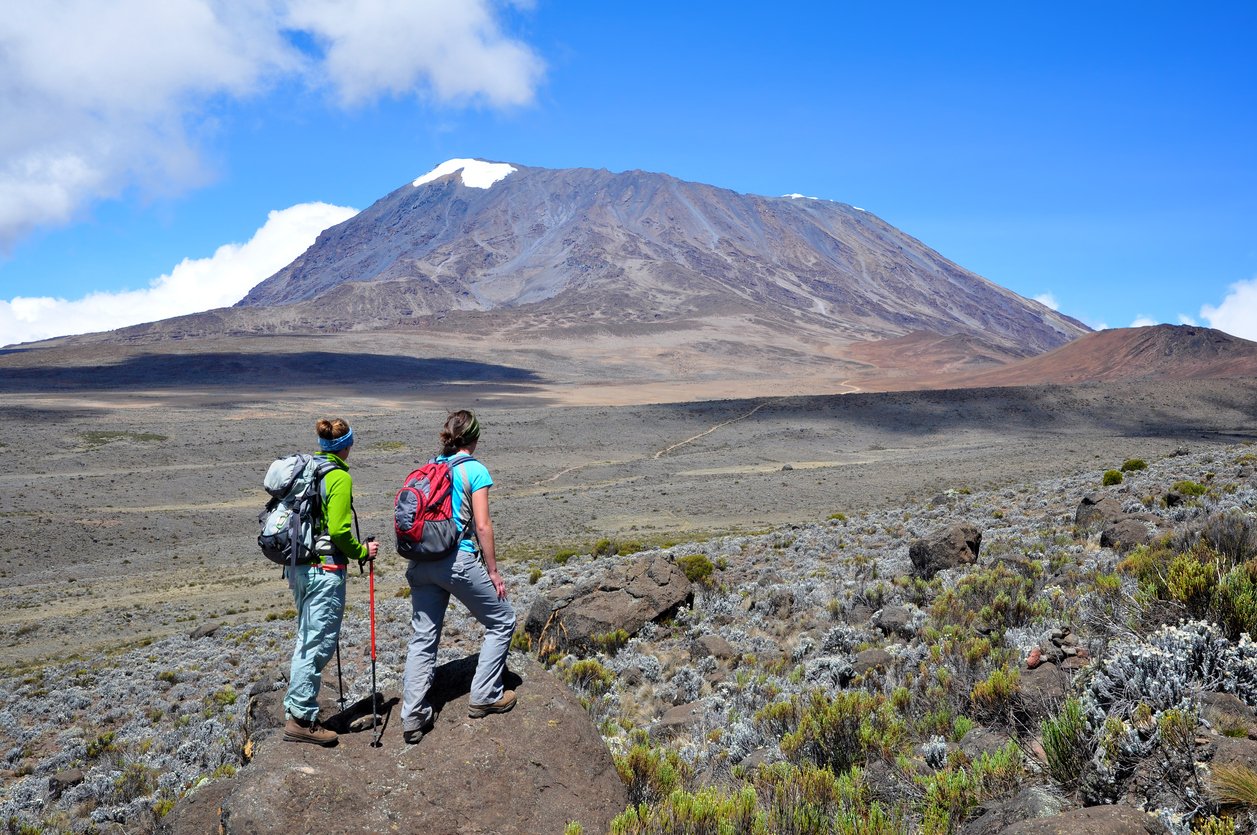
Lemosho Route: The Ultimate Kilimanjaro Climbing Experience
The Lemosho Route offers a unique and scenic way to climb Mount Kilimanjaro. Starting from the western side, this route crosses lush rainforests and moorlands, presenting breathtaking views at every turn. It’s designed to provide climbers with the best acclimatization possible, increasing the chances of reaching the summit. This route’s serene and less crowded paths create a peaceful climbing experience. Moreover, it’s known for its diverse landscapes and rich wildlife.
One of the key features of the Lemosho Route is its extended itinerary. The longer duration allows climbers to better acclimatize to the altitude, reducing the risk of altitude sickness. Typically, the trek is spread over eight days, though some climbers may opt for seven or nine days. Each day presents a new environment, from the beautiful Shira Plateau to the towering Barranco Wall. The gradual ascent offers a steady and sustainable path to the summit.
Choosing the Lemosho Route comes with several benefits. For one, this path boasts one of the highest summit success rates, around 90%. Another advantage is the varied scenery, which keeps the trek interesting and rewarding. Climbers often encounter less traffic compared to other routes, making for a more enjoyable journey. Additionally, the route is accessible year-round, though the best trekking months are January to March and June to October.
Preparing for the Lemosho Route requires careful planning. Essential items include sturdy hiking boots, warm clothing, and a reliable backpack. Physical fitness is important, so regular exercise and practice hikes are recommended. Taking time to acclimate properly during the trek is crucial for success. Finally, choosing an experienced guide and support team enhances safety and enjoyment. With the right preparation, climbers can fully appreciate the beauty and challenge of the Lemosho Route.
7 Hard Truths about Climbing Kilimanjaro (That Nobody Wants to Hear)
Overview of the Lemosho Route
The Lemosho Route is celebrated for its stunning scenery and diverse landscapes on Mount Kilimanjaro. Starting at Lemosho Glades in the west, the path meanders through thick forests, vast moorlands, and striking alpine deserts. A distinct characteristic of this route is its varied habitats, offering climbers glimpses of a wide range of plant and animal life. The path gradually ascends, making altitude adjustment more manageable. This provides trekkers with a perfect blend of adventure and natural beauty.
This route takes between seven to nine days to complete, allowing for a slower and more thorough climb. It presents a favorable acclimatization schedule which is crucial for reaching the summit without experiencing altitude sickness. Climbers cross the Shira Plateau on the journey, which is renowned for its expansive views. The Barranco Wall is another highlight, a steep section that is often a favorite among climbers due to its challenging excitement. Passing through such landmarks makes the journey both difficult and rewarding.
Popularity-wise, the Lemosho Route attracts both beginners and seasoned climbers due to its high success rate. Many adventurers prefer this path for its quiet and less crowded experience. While Kilimanjaro’s routes can be bustling, Lemosho offers a more private and leisurely climb.
- Advanced acclimatization opportunities.
- Rich in unique photographic spots.
- Environmentally diverse and preserved.
These advantages contribute to its serene and rewarding climb.
While trekking the Lemosho Route, climbers need to prepare adequately for the varying temperatures and terrains. Bringing appropriate gear is essential, including warm layers and sturdy boots. Additionally, understanding the importance of time and pace helps manage energy levels throughout the climb. Hiring knowledgeable guides can enhance the experience, ensuring safety and an engaging journey. Preparing well ensures that the climb along the Lemosho Route becomes an unforgettable adventure.
Key Benefits of Choosing the Lemosho Route
The Lemosho Route stands out for its incredibly scenic views and diverse landscapes. As you trek, the path offers a unique progression through various ecological zones, from lush rainforests to barren high-altitude deserts. This gradual change in environment not only adds visual excitement but also helps your body adjust to the altitude. It ensures that climbers can gradually become accustomed to lower oxygen levels. This is vital for a successful climb without altitude-related sickness.
Another significant benefit is the high success rate of summit attempts on the Lemosho Route. Thanks to the extended itinerary, climbers have more time to acclimate, boosting their chances of reaching the top. With a higher success rate, the route attracts climbers who aim for the summit with greater assurance. Additionally, the path avoids very steep inclines in the initial days, making it less strenuous for beginners. This provides a smoother and more enjoyable trekking experience.
The Lemosho Route is also known for its tranquility compared to other popular Kilimanjaro paths. During the journey, you’ll experience fewer crowds, allowing for a more peaceful and personalized adventure. The tranquility makes it an excellent choice for those who prefer a quiet, uninterrupted connection with nature. It lets trekkers enjoy special moments, be it by capturing stunning sunrise views or simply enjoying the serene surroundings. This quiet atmosphere adds immense value to the overall trekking experience.
Trekking guides along the Lemosho Route are well-experienced and provide valuable insights about the area. Most guides know the best spots for photography and explore local stories to share during the trek. With their help, climbers can learn more about the distinct features of Mount Kilimanjaro.
- Personalized guidance ensures safety.
- Insight into flora and fauna.
- Tips on managing altitude and pace.
This guidance can make a significant difference in the quality and enjoyment of the trek.
Preparation Tips for Climbing the Lemosho Route
Proper preparation is key to a successful climb on the Lemosho Route. Training physically is one of the most important steps; include cardio, strength, and flexibility exercises in your routine. This will help build the stamina needed for the trek. Regular hikes with a backpack can simulate the actual conditions. Additionally, practicing yoga can improve your balance and breathing techniques.
Equipping yourself with the right gear is essential for tackling the diverse weather on Kilimanjaro. A high-quality, waterproof jacket, sturdy hiking boots, and warm layered clothing are must-haves. Don’t forget a reliable backpack, ensuring it can carry necessities like water, snacks, and medical supplies. A headlamp and trekking poles are also beneficial for navigation and stability. Packing efficiently can make your climb more comfortable and safe.
Acclimatization is a critical component of preparing for your trek up the Lemosho Route. Gradual altitude gain is embedded in the route’s itinerary, but you can further aid this process by spending time at higher altitudes before the climb. Stay hydrated and take regular breaks to help your body adjust. Listening to your body and recognizing signs of altitude sickness are crucial. Rest as needed to avoid overexertion.
Proper nutrition and hydration are key aspects to consider. High-energy snacks like nuts, dried fruits, and energy bars will keep you fueled during the climb. Drinking enough water helps prevent altitude sickness and keeps your body functioning well.
| Food | Benefit |
|---|---|
| Nuts | Provides protein and fats |
| Dried fruits | Rich in vitamins and quick energy |
| Energy bars | Quick source of energy |
Eating well-balanced meals before the climb are also essential.
Lastly, mental preparation is just as crucial. Understand that the climb will be challenging and mentally taxing. Visualization techniques and positive affirmations can help maintain focus and motivation. Meditation and breathing exercises also support mental stamina. Entering the climb with a positive mindset enhances the overall experience. Being mentally ready can make a huge difference in how you handle the challenges along the way.
Challenges and Considerations on the Lemosho Route
Climbing the Lemosho Route presents several challenges, including physical and mental demands. The ascent requires significant stamina as you navigate steep and uneven paths. Ensuring that you’re physically fit makes the journey more manageable. The long duration of the climb also tests your mental toughness. Staying focused and positive throughout the trek is essential.
The weather on Kilimanjaro can be unpredictable, adding another layer of difficulty. Climbers need to be prepared for sudden changes, from sunny skies to heavy rains.
- Pack waterproof gear.
- Prepare for cold nights.
- Layer your clothing for versatility.
Proper preparation helps you handle these fluctuations more effectively.
Altitude sickness is a major concern for trekkers on the Lemosho Route. The gradual ascent helps, but it’s still important to recognize the symptoms early. These can include headaches, dizziness, and nausea. Taking slow, steady steps and drinking plenty of water can mitigate these effects. In severe cases, descending to a lower altitude may be necessary.
Another consideration is the physical strain on your body, especially your legs and feet. Using trekking poles can reduce the impact on your joints. It’s also important to wear well-fitted, broken-in hiking boots to prevent blisters. Regular rest periods will help maintain energy levels. Stretching exercises can alleviate muscle stiffness.
Lastly, environmental impact is a crucial factor to consider. Climbers should adhere to Leave No Trace principles to minimize their footprint. This includes carrying out all waste and using biodegradable products. Respecting the natural habitat ensures that the route remains pristine for future adventurers. Being mindful of your impact not only protects the environment but also enhances the overall experience.
Wildlife and Environmental Aspects of the Lemosho Route
The Lemosho Route is renowned for its varied wildlife and captivating environmental diversity. As you start your journey, you pass through lush rainforests teeming with life. This area is home to many animals, such as monkeys, brightly colored birds, and various insects. Observing these creatures in their natural environments adds a magical touch to the trek. The rich biodiversity of the rainforest is truly one of Kilimanjaro’s highlights.
Beyond the rainforest, the route leads into the unique moorlands and rugged high-altitude deserts. These zones present different kinds of flora and fauna, including giant heathers and rare flowers. The landscape changes are dramatic and fascinating, keeping climbers continually amazed. Wildlife becomes sparse at this stage, but you might spot a shy antelope or a graceful eland. The adaptation of these plants and animals to such harsh conditions is remarkable.
Preserving the delicate ecosystems along the Lemosho Route is an important consideration for every trekker. The area’s natural beauty relies on minimal human impact. Following environmental guidelines helps conserve these habitats for future generations.
- Stick to designated paths.
- Avoid picking plants.
- Respect all wildlife.
These simple actions make a big difference in protecting the ecosystem.
The climate on the Lemosho Route also plays a critical role in shaping its natural environment. Weather conditions vary significantly with altitude changes, affecting plant and animal life. This range of climates provides a living laboratory for studying environmental changes. Understanding these patterns enhances our appreciation for the mountain’s ecological importance. Climate awareness is key to appreciating the unique features of this environment.
The trek is not only a physical challenge but also an opportunity to witness nature’s wonders. Experiencing the Lemosho Route firsthand can inspire a deeper respect for the natural world. As you hike, take time to observe the small details around you, from the sounds of the forest to the shapes of the distant peaks. It’s an invaluable reminder of the world’s natural treasures. Every step offers a lesson in nature’s resilience and beauty.
Key Takeaways
- The Lemosho Route offers stunning scenery and diverse ecosystems on Kilimanjaro.
- This route provides optimal acclimatization for a higher chance of summit success.
- The extended itinerary allows climbers to adjust gradually to high altitudes.
- Traveling through various habitats, you can see unique plants and wildlife.
- Lemosho’s serene paths offer a peaceful yet challenging trekking adventure.
